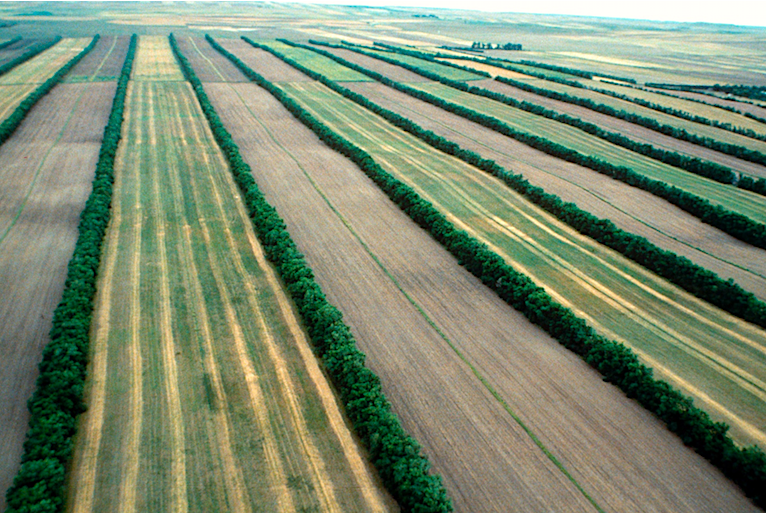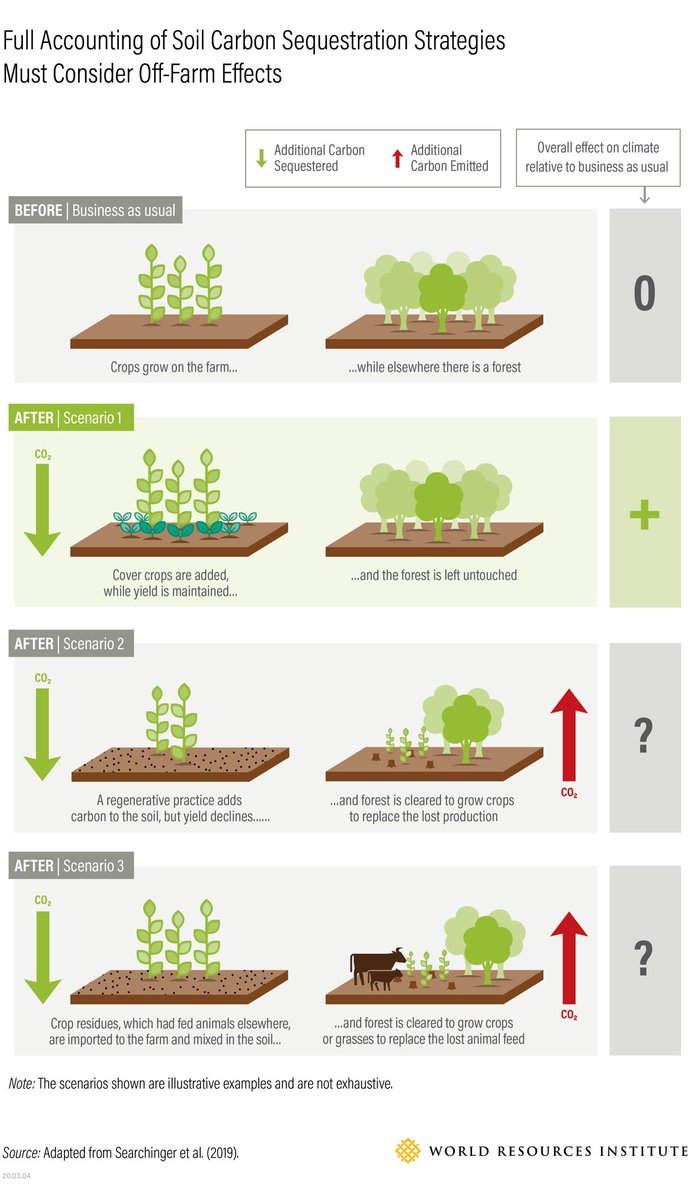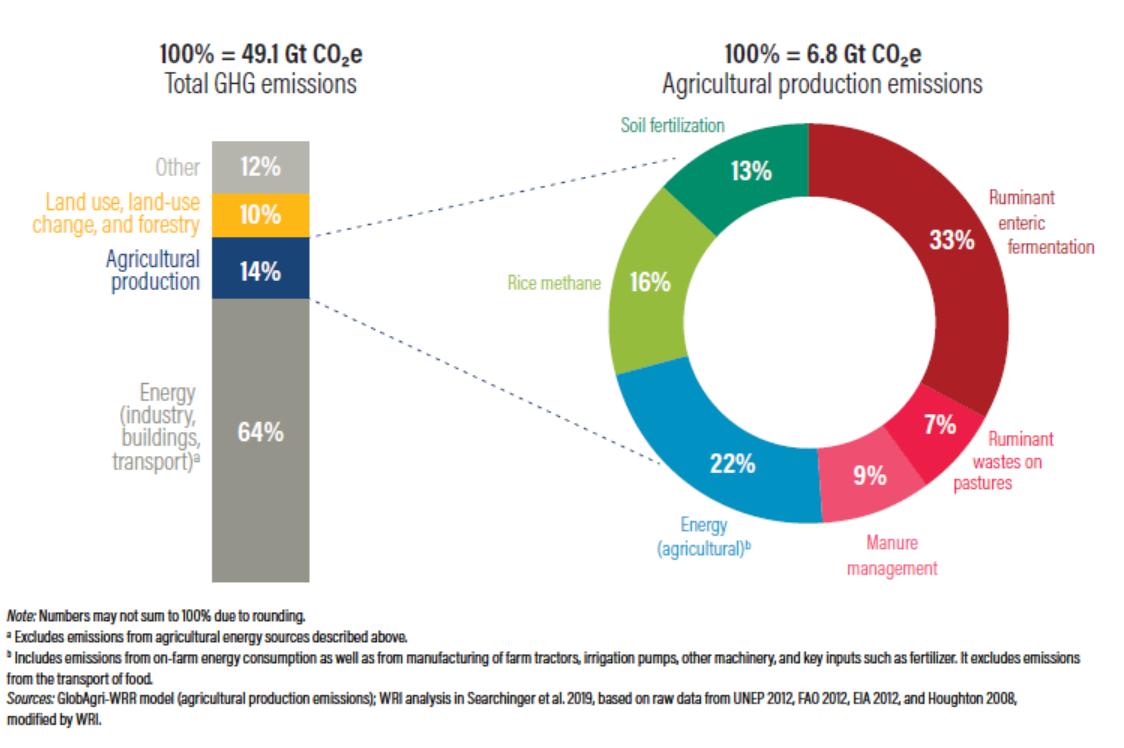
Sr. Research Associate @WorldResources @WRIFood @ghgprotocol | Creating a Sustainable Food Future | #CoolFood Data Lead | Land Sector GHG Accounting | own views
How to get URL link on X (Twitter) App










 In the Peace Corps in Cameroon in the early 2000s I worked w/ farmers to promote alley cropping. One obstacle I often heard from farmers: planting trees can also mean planting less of what was "monocropped" before & farmers were hesitant to take land out of annual production. 2/
In the Peace Corps in Cameroon in the early 2000s I worked w/ farmers to promote alley cropping. One obstacle I often heard from farmers: planting trees can also mean planting less of what was "monocropped" before & farmers were hesitant to take land out of annual production. 2/









https://twitter.com/UN/status/1188622911080415235@UN ~6% of global food GHGs from transport, so local food is not a leading climate strategy. science.sciencemag.org/content/360/63…


